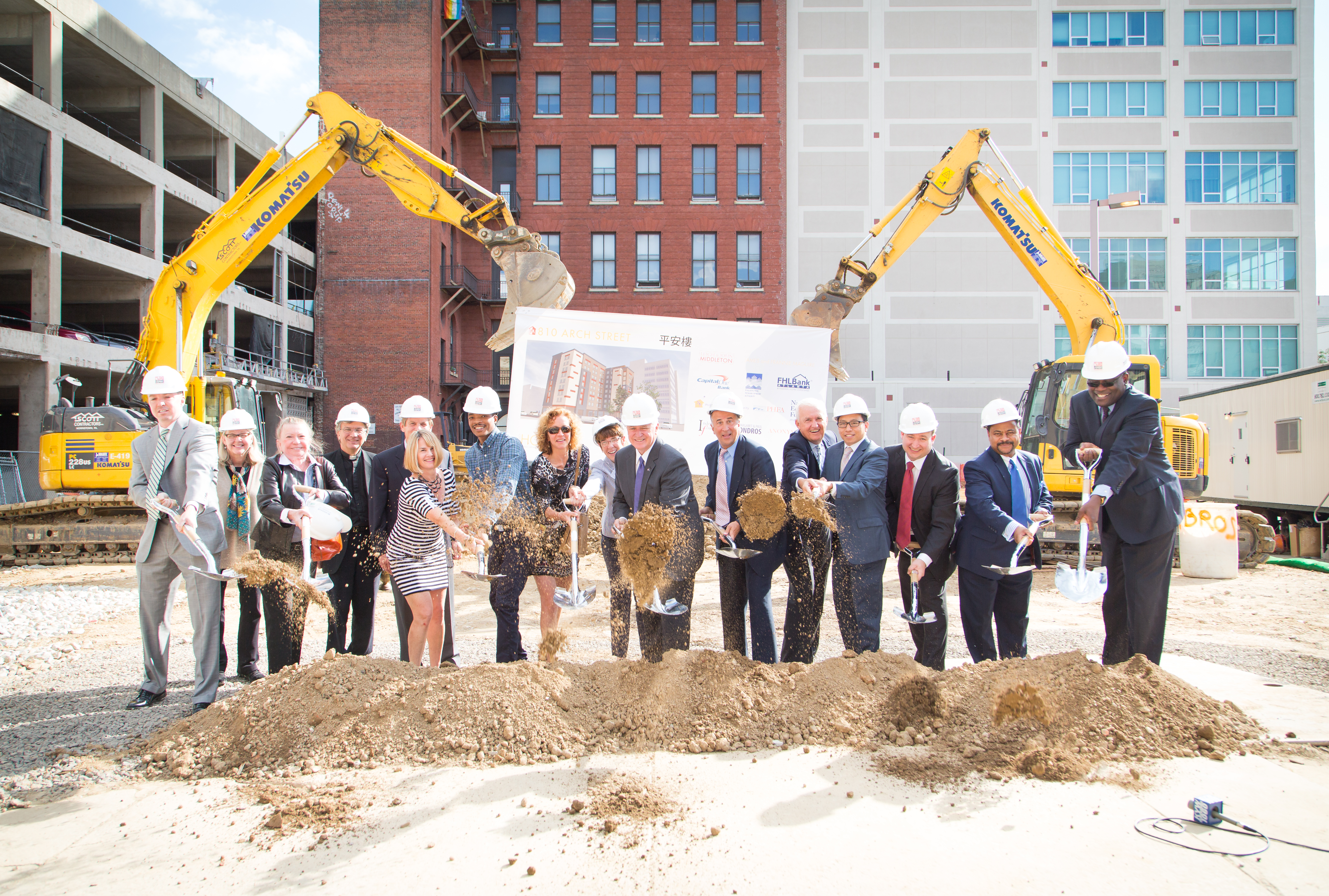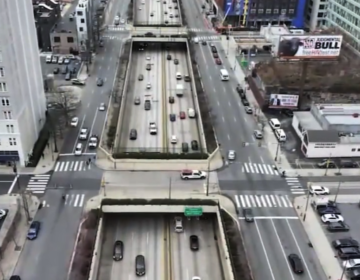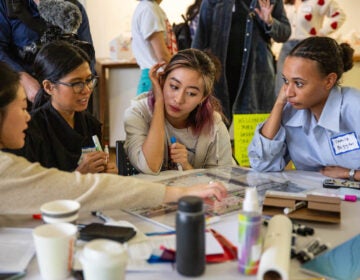Addressing displacement: The business of community development

Philadelphia Chinatown Development Corporation’s John Chin and Sarah Yeung make the case for devleopment without displacement in this op-ed. Chinatown and neigborhoods like it, they argue, should welcome private development while intervening to ensure vulnerable populations not served by a rising real estate market can find a future in the neighborhood too. The Equitable Development Platform, released by PACDC and endorsed by Philadelphia Chinatown Development Corporation, calls for a data driven approach to understanding of the causes and impacts of displacement in order to shape new policies and programs.
Every few years we hear that the end is near for Chinatown. This threat comes and goes, and flares up whenever an academic study releases a paper on the effects of gentrification on Chinatowns and other historic immigrant gateways, releasing a series of vague sentinel calls around the country deploring displacement, cultural murder, and the private developer. When the smoke clears, the business of community development – our business – goes on.
In recent years, as more neighborhoods in Philadelphia do some soul-searching on gentrification, we have crystallized our thoughts on the issue.
First, for most of us, there is no sense in bemoaning increases in property prices. We need strong real estate markets and should strive for them. But we must provide for those that the private real estate market does not naturally serve. Vulnerable populations such as low-income households, non-English speakers, seniors, and single-parent families should have the opportunity to benefit from the positive impacts of a strengthening market.
That’s why here at Philadelphia Chinatown Development Corporation (PCDC) we’ve developed over 24 units of commercial space and 226 units of affordable housing, including the On Lok Senior Homes that provides 55 units of affordable homes, helping create a diversity of ages and incomes in the community. This work continues through development of our new Eastern Tower Community Center at 10th & Vine as well as a partnership with Project HOME on a new affordable housing project at 810 Arch. These developments make a meaningful contribution towards building a mixed-income community, but we’re only scratching the surface of the need due to limited land and resources. We need strong, comprehensive programs in affordable housing and small business financing options to provide more opportunities for our community. And a working Philadelphia Land Bank is an important tool that can quickly acquire and dispose of land for uses that support this kind of equitable development.
Second, we need a clearer understanding of how rising property values impact a neighborhood’s residents and businesses. From my experience, displacement is not often something that makes you go from being “in” the neighborhood to being “out.” There are the stories of the people that stay – how is their quality of life affected? Who is rent-burdened or forced to live in overcrowded quarters? What are the reasons for why they stay? Are they contributing important benefits to the community?
Likewise, there are the stories of the people that get displaced – where do they move? How does it affect their commute, health, education, and employment? Finally, there are those who want to move into strengthening neighborhoods, but cannot afford to – what opportunities are they missing? With only hearsay knowledge, we don’t fully understand the problem or the scope of displacement. The next Mayor and City Council should work together to gather and use quantitative and qualitative data to craft policy solutions.
But we don’t need to wait for that data to act. The best answer to gentrification is not to push back against private investment, it is to boost public investment in local people and businesses. The next Mayor and City Council must make significantly bigger investments in equitable development strategies, rather than the diminishing budgets of recent years, which have taken the muscle out of local housing programs, crippled community organizations, and inadequately support neighborhood commercial corridors where small businesses owned by low and moderate income people should have the chance to thrive.
In Chinatown, many of the low-income immigrants who live here are intangibly and inextricably connected: to the local commercial corridor which is a vital economic center for the city, to the benevolent organizations which serve many recent non-English speaking immigrants, and to the community-based institutions of education and religion which are pillars of culture, society, and history for the region. Without providing for this important population, Chinatown would truly fall. It has nothing directly to do with race or income. It is a web of fragile connections that holds us all together, a whole that is greater than the sum of our parts. A similar web of connections can be found in many of our gentrifying neighborhoods across the city, although it may not be visible to newcomers or outside observers.
The Philadelphia Chinatown Development Corporation (PCDC) was born nearly fifty years ago out of a movement of Chinatown residents that organized to fight against displacement from their community. Some of these battles have been over development projects such as the Vine Street Expressway, prisons, sports stadiums and casinos. But the reason why Philadelphia’s Chinatown is still a vibrant community is not because we won a battle against displacement, development, or neighborhood change. It is because we have provided, and continue to provide, opportunities for all those who consider themselves members of our community.
WHYY is your source for fact-based, in-depth journalism and information. As a nonprofit organization, we rely on financial support from readers like you. Please give today.






